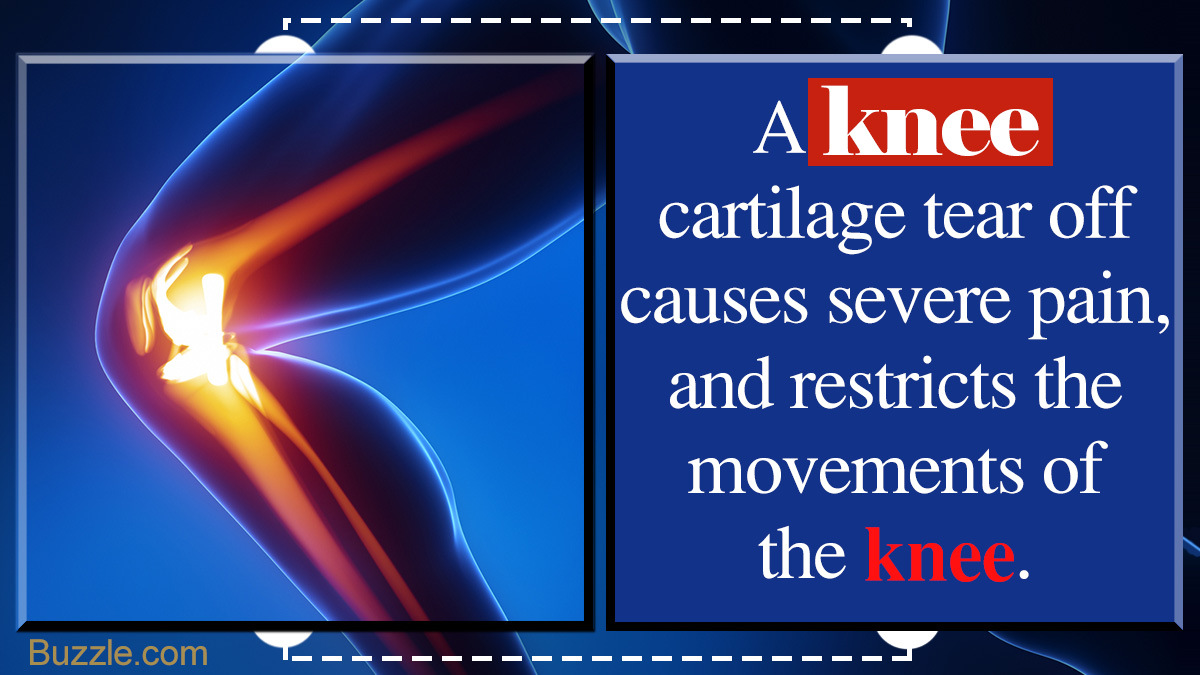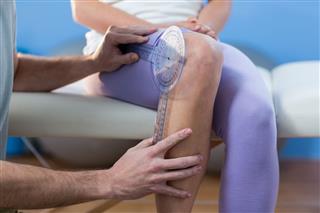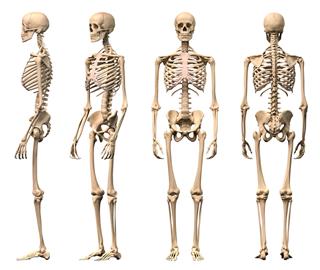
One of the most complex joint in our body is the knee. This joint is associated with many activities of the body like walking, running, sitting and even standing. Let’s find out its various parts and their function.
Did you know?
We are born without knee caps and gradually develop it with increasing age. By the age of 6 we have fully developed knee caps.
Human knee is one of the most complex hinge joint. But its complexity is directly proportional to its usefulness. To understand human knee you need to know what are the various parts of the knee. In this article, we are going to discuss the various parts with a proper labeled diagram of the knee. So, given below is the diagram of the knee which is followed by the description of its various parts.
Anatomy of the Human Knee

There are many parts in the human keen which combine together and form one of the most complicated hinge joints of our body. This is the reason one should know about various parts of the human knee, so as to keep them in a good condition and to understand the problems related to it. Following are the function and names of knee parts which work together and make the locomotion possible for a human being.
Knee Bones
Knee actually consists of three bones – femur, tibia and patella. Femur is the thigh bone, tibia is the shin bone and patella is the small cap like structure which rests on the other two bones. Femur is considered as the largest bone in the human body. The femur and the tibia meets at the tibiofemoral joint and patella rests on top of this joint. All these three bones remain together with the help of many muscles and tendons.
Knee Cartilages
Cartilage are the tissues which are present between the knee joints. They are found as a thin layered sac like structure which reduce the friction between the bone and facilitate a smooth and normal movement. There are two types of cartilage in the knee, fibrous or meniscus cartilage and hyaline or articular cartilage. Meniscus cartilage behaves as a shock absorber and is present between the femur and the tibia. It is further divided into medial meniscus and lateral meniscus. The hyaline cartilage covers the bones from the outer side and help them to move smoothly. Decrease in the cartilage or tear off can cause severe knee pain and problems in the knee movements. It can also wear off with time.
Knee Muscles
Human keen is surrounded by many muscles. These muscles include four quadriceps muscles, which support the straightening of leg and are present at the front side, hamstring muscles, which help in bending and are present at the back of the knee and lastly the calf muscles which control the knee movement while walking. Calf muscles are helpful in the knee movements but are not included in the parts of the knee. Apart from these gracilis muscle, tensor fascia muscle and sartorius muscle help in the other movements of the knee.
Knee Tendons
Like other parts of the body, tendons in the knee connect the muscles to the bones. The ilio-tibial band extends from the tibia to the fibula of the bone and keeps the muscles connected to the bones. Similarly the patellar tendon connects the tibia and the patella together.
Knee Ligaments
Ligaments are the connective tissues which join one bone to the other. There are four types of ligaments found in the knees. Medial collateral ligament or MCL and lateral collateral ligament or LCL give stability to the inner and the outer part of the knee respectively. The other two ligaments namely anterior cruciate ligament or ACL and the posterior cruciate ligament or PCL restrict the forward and the backward movement of the tibia and hold the knee together.
Knee Bursae
Bursae contain the synovial fluid which behaves as the cushion for the joint and tendons. They help in the smooth movement of the joints and reduce friction. There are 13 bursae surrounding the knee joints. Four from the lateral and the front side and the rest five from the medial side. Inflammation of the bursae is known as bursitis.
All the parts given above are connected to the nerves. These nerves are responsible for the coordination and sensory orientation in the joints. This coordination helps the knee to perform various activities like walking, running, sitting, etc. They are delicate and even a minor injury may affect the nerves and result in pain. In case of injuries and knee problems, there are many treatments and therapies that are helpful and are quite effective. Knee replacement surgeries are considered to be the last option in case of critical condition. The replacement can be done either of any one part of the knee joint which is damaged or the entire knee joint is replaced. Though these replacement surgeries are effective, they cannot provide you with the same flexibility and function of the original and healthy knee joint. So, take care of your knee and keep it fit with the help of knee exercises and healthy food.




